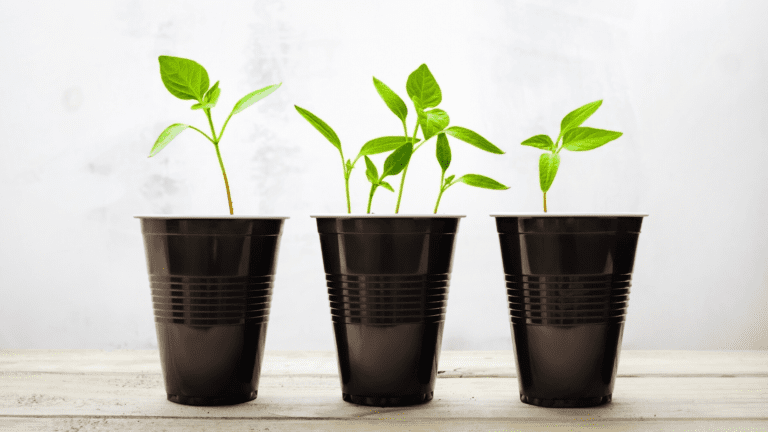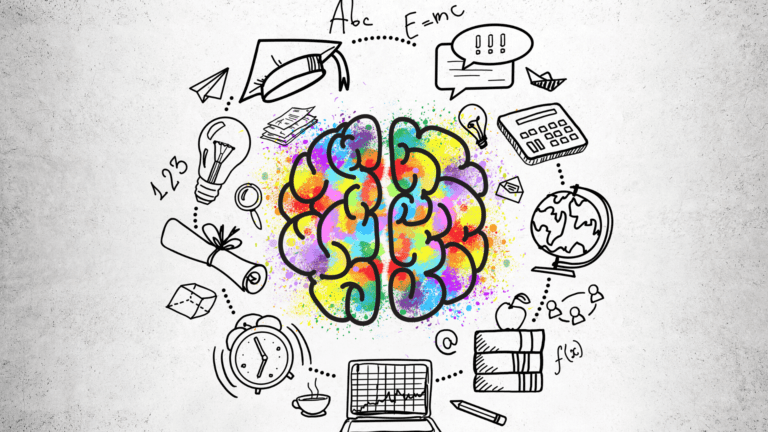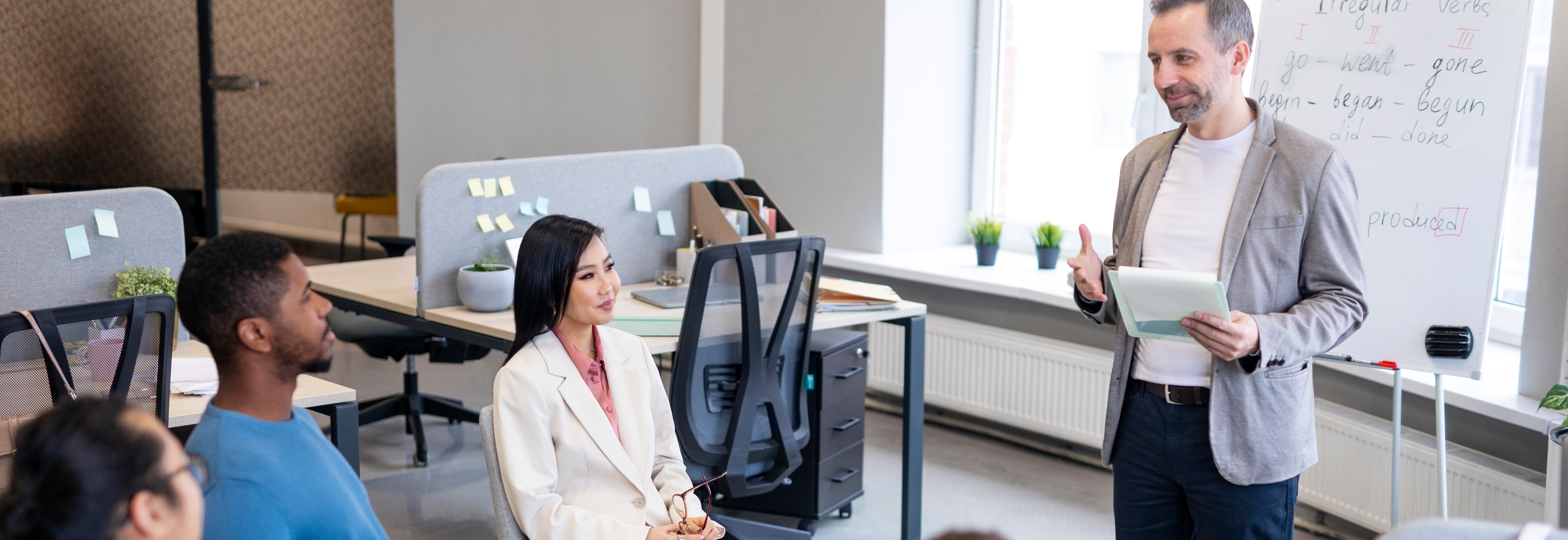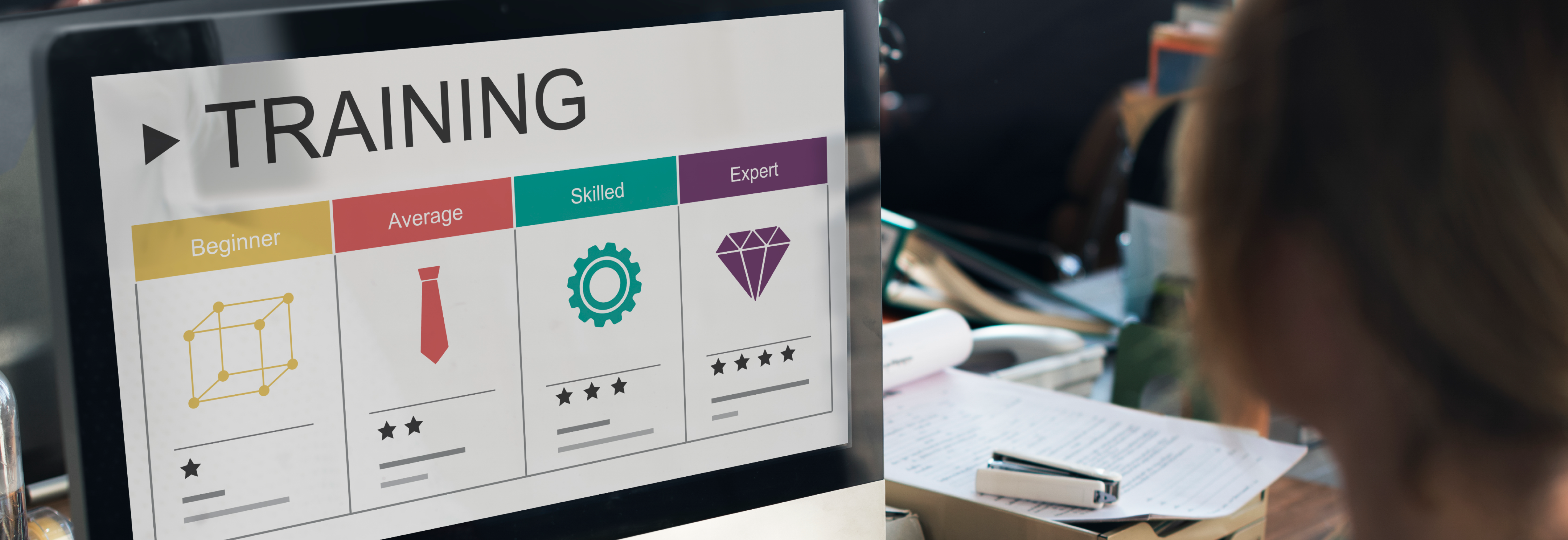Personal growth is a journey of becoming a better version of ourselves. It is about identifying areas where we can improve and taking meaningful steps to overcome those limitations. However, this journey is not always linear. Sometimes, in our effort to improve, we overwhelm ourselves with too much information, overcommit to unrealistic schedules, or lose track of what really matters. That is where the concept of microlearning can be a game-changer.
Microlearning is not just a buzzword in corporate learning and development. It is a scientifically grounded and brain-friendly approach that allows us to learn in small, focused doses. Whether you are exploring ways to support professional development or are simply committed to growing as an individual, adopting microlearning strategies can help you stay consistent and energized in your self-development journey.
Make Your Learning Micro and Manageable
Table of Contents
When we decide to change something about ourselves or learn something new, we often start with great energy. We binge-watch educational videos, read several articles at once, or sign up for full-day courses. But very often, this results in mental fatigue, distraction, and eventually, burnout.
This is where microlearning comes in. It breaks learning into small, digestible modules that typically take between 7 to 15 minutes to complete. By focusing on one concept or skill at a time, we reduce cognitive overload and increase the chances of long-term retention.
Let me give you a personal example. A few months ago, I wanted to build better storytelling skills for my facilitation sessions. I began by watching one five-minute TED Talk daily and writing a short reflection. Within two weeks, I noticed my own communication becoming sharper and more narrative-driven. The best part was that it never felt overwhelming because I had broken the goal into micro-steps.
So, the first rule of microlearning for personal growth is: Break it down. Ask yourself, what exactly do I want to learn? Then, divide it into small learning sprints. This principle applies not just to individuals but also in professional environments. It is why platforms like Virtual Instructor Led Learning Journeys are structured around smaller modules rather than long, content-heavy sessions.
Be Specific With Your Daily Learnings
If you have ever lost 30 minutes watching reels or jumping from one YouTube video to another without learning anything tangible, you know what scatterbrained consumption looks like. In contrast, microlearning works because it is intentional. Each micro module is focused on a single learning objective, often articulated in a one-line takeaway.
The same principle can elevate your personal growth.
Every morning, I ask myself a simple question: What is one thing I will learn or reflect on today? It could be something as small as a productivity tip or as profound as a mindset shift. When I define the day’s learning in a sentence, it narrows my focus and keeps distractions at bay.
Whether you are learning individually or creating an environment for others to grow, this clarity improves both engagement and retention. Workshops like Experiential Learning Workshops show how focused, defined learning experiences can lead to meaningful application.
Use Positive Reinforcement to Stay Motivated
We live in an age of instant gratification. Our brains are wired to respond positively to rewards, even small ones. Microlearning often incorporates gamified elements like points, badges, and leaderboards to motivate learners. The reason this works is simple. We like feeling accomplished. We like celebrating wins.
The same psychology can be applied to personal development.
Set up a simple reward system for yourself. After completing a week of daily learning, treat yourself to something you enjoy. It could be a dessert, a movie, or some guilt-free online shopping. The goal is to train your brain to associate learning with pleasure.
You do not need an app to do this. Even a hand-drawn habit tracker or a visual streak calendar can reinforce your commitment. Personally, I use sticky notes and a wall calendar. Every time I finish a daily microlearning goal, I add a sticker to the date. It may sound silly, but it works wonders for momentum.
The Brain Science Behind It
What makes microlearning effective is not just its simplicity but its alignment with how the brain learns best. Cognitive science shows that the brain processes and stores information more effectively when it is introduced in short, controlled bursts. These sessions limit cognitive load and prevent mental fatigue.
Moreover, repetition is easier with microlearning. Revisiting a concept for 10 minutes every other day creates neural pathways that reinforce long-term memory. This is why even high-stakes professions like aviation and medicine use microlearning for training modules.
In a world where time is precious and learning needs are diverse, approaches like Virtual Instructor Led Training allow flexibility and relevance. Professionals can learn on the go, making training more accessible and sustainable.
Applying Microlearning to Life
So how can you use microlearning to fuel your personal growth starting today?
Here is a simple framework:
- Pick one area of growth: storytelling, time management, emotional intelligence, or any skill you want to develop.
- Find or create short content pieces: blogs, podcast episodes, short videos, or daily reflection prompts.
- Limit each session to 15 minutes: set a timer and stop when the time is up.
- Write a one-line takeaway: articulate what you learned that day.
- Track progress visually: use a habit tracker or checklist.
- Reward yourself: celebrate every week you stay consistent.
You do not need a fancy app or expensive subscription. You just need curiosity, consistency, and a bit of creativity.
The Broader Takeaway: Microlearning Builds Momentum That Lasts
In modern life, attention is fragmented and time is limited. Whether at home or at work, we are pulled in many directions. Traditional learning methods often fail to keep up with this pace.
Microlearning offers an alternative. It invites us to learn smarter, not harder. When we break down learning into small, engaging experiences and stay consistent with it, we make growth a part of everyday life.
If there is one thing I have learned, it is this: meaningful change is not always about making big leaps. It is often about taking small, steady steps in the right direction.
So start small. Start today. And keep going.
One idea. One day. One win at a time.













